The People of New Directions team clear out an illegal dump site along the defunct rail line in Arcata. | Photo: John Shelter
###
As plans for the Great Redwood Trail move steadily ahead, the agency overseeing the ambitious 300-mile rail-to-trail project is changing how it handles homeless encampments and illegal dumping on its remote, undeveloped stretches.
At its meeting last week, the Great Redwood Trail Agency (GRTA) Board of Directors approved contracts with two community-based organizations — The People of New Directions in Humboldt County and Friend of Boon in Mendocino County — to provide property management and on-the-ground supportive services to people experiencing homelessness on the trail. The groups will actively monitor undeveloped sections of the trail that are not yet open to the public or managed by local jurisdictions.
“This is our first step in actively managing our property and having eyes on the ground for regular monitoring to get a better sense of what’s happening in these remote areas and how we can best respond to it,” GRTA Executive Director Elaine Hogan told the Outpost during a recent phone interview. “We do sometimes get calls from neighbors about trash or someone sleeping in a remote area … that’s why regular property management and monitoring of our land is going to be really crucial moving forward.”
The People of New Directions, a self-described “social enterprise” led by McKinleyville resident John Shelter, employs formerly unhoused people to clean up former encampment sites all around Humboldt. His team is currently focused on rail lines in Arcata and Fortuna.
“We’ve pulled out about 12,000 pounds of trash off the railroad tracks there in Arcata,” Shelter told the Outpost. “Because the railroads have always been private property, it’s been difficult for anyone to do anything [about the garbage there]. People camp on or within the right-of-way of the tracks, but nobody can do anything about it because you have to get a letter from the property owner to get them out of there. In some cases, that’s where people have been storing their trash for years.”
Trash strewn along the old railroad in Arcata | Photo: John Shelter
Cleaning up illegal dump sites is the first step, Shelter said, but his ultimate goal is to help relocate unhoused people out of environmentally sensitive areas and into a more stable living situation.
“My heart goes out to the homeless population, and the only way we’re going to solve this is by working together,” he said. “As we clean this up and disrupt their lives, we’ve got to start thinking about where we put them. The whole idea is to get these people out and into an area where people feel more comfortable about working with [service providers]. That should be the end result of all of this.”
The same trash all bagged up. | Photo: John Shelter
Down in Mendocino, Ukiah-based nonprofit Friend of Boon will provide similar services, with a specific focus on a 16-mile segment of trail between Willits in Ukiah.
“We’ve had a lot of issues with dumping just outside of the urban areas with developed trails where people tend to congregate,” Hogan said. “That’s something specific we want to try to address in Mendocino County. … Also, because Mendocino County doesn’t have street outreach teams like Humboldt [does] the contract is [more expensive] because we’re paying for them to have a social worker and a street medicine outreach team to be focused on our property.”
The trail agency’s one-year professional services agreement with Friend of Boon is nearly $126,000, twice as much as its $60,000 contract with The People of New Direction.
Before signing on with the two local organizations, the GRTA contracted with Lear Asset Management, a private security firm with a long history in the Emerald Triangle. Over the last decade or so, the firm has been hired by private lumber companies to clear protestors from logging sites and assisted local, state and federal agencies in cannabis raids in Humboldt and Mendocino counties. Earlier this year, Lear’s CEO Paul Trouette, was charged with forcibly removing a woman from a town hall meeting in Coeur d’Alene, Idaho.
A recent article by SFGATE’s Matt LaFever highlighted Lear’s controversial history and questioned the GRTA’s motives for contracting with the security firm. LaFever’s reporting implied that the agency’s decision to cut ties with Lear was prompted by SFGATE’s inquiry into the matter, with public records indicating that the GRTA hadn’t issued a request for proposals until after it was contacted by the publication.
Hogan, however, disputed this claim, asserting that the GRTA inherited the contract from the North Coast Railroad Authority (NCRA) in 2022 after it assumed responsibility for the railroad corridor. She said the shift away from Lear has “been in the works for about a year and a half,” since she took the helm of the agency in January 2024.
“The documentation I found indicates that the [NCRA] started contracting with Lear around 2013,” Hogan explained. “I’m not sure exactly what that looked like, but what the contract indicated was weekly monitoring to prevent people from trespassing, reporting any issues found to the NCRA, and then working with local law enforcement to mitigate any serious issues. And just to clarify, the [GRTA] is the successor agency to the NCRA, right? We inherited all of their contract, all of their property … but we have a completely different mission and approach.”
Hogan and the agency’s board of directors selected community-based groups because they wanted to take a more “human-centered, service-based” approach to enforcement along the trail. GRTA Board Member and Rio Dell Mayor Debra Garnes told the Outpost that the agency “never wanted people to be mistreated or intimidated by a military-looking outfit.”
“This is something Elaine [Hogan] has been wanting to change for a long time,” Garnes said. “It’s unfortunate that it took this long, but that’s the way these things work sometimes — it always, always, always takes longer than expected. And now we have two companies saying, ‘Let’s do this the right way.’”
GRTA Board Member Jeff Hunerlach agreed, adding that the partnership with The People of New Directions and Friend of Boon will help the agency expand its capacity and better manage the expansive rail corridor.
“Before trail segments open to the public, GRTA’s priority is to manage undeveloped sections of its property to prevent misuse that leads to environmental degradation and begin cleaning up legacy issues left behind by the railroad,” Hunerlach wrote in an emailed statement.
Photo via GRTA.
Reached for additional comment on the matter, Humboldt County Sheriff William Honsal worried that the community-based organizations wouldn’t be up to the task of patrolling the remote reaches of the trail in Southern Humboldt and Northern Mendocino.
“There’s 10 to 20 miles where [the rail line passes] through private property, and it’s going to be impossible for us to enforce anything along that trail, yet it is going to be our responsibility to do so,” Honsal said. “This is not a good idea. … If they’re really serious about that specific part of the trail, then they should make it a state park and have rangers patrol it. If it’s going to be us, they need to have a deputy sheriff — or two — assigned to the area to make sure it’s maintained and that people aren’t trespassing.”
Honsal said he “loved the idea” of the Great Redwood Trail, but felt the GRTA should reroute the trail to follow along an existing scenic thoroughfare, like Highway 101 or Avenue of the Giants.
“If someone who needs immediate medical attention, an assault or something happens in the middle of these [remote] stretches, we’re going to have to get side-by-sides or something to get to these areas, because our patrol vehicles will not be able to access those areas,” he continued. “We don’t have a helicopter at HCSO, and the U.S. Coast Guard doesn’t have to do inland search and rescue … because it’s not their area of responsibility. … [The plan] is just poorly thought out, and it’s not really geared toward the safety of the people that use it.”
An existing tunnel along Eel River Canyon. | Photo: GRTA
In a follow-up statement, Hogan emphasized that the board just approved its partnership with the new contractors, adding that the trail agency “is committed to taking a proactive, collaborative approach to ensure safety and accessibility for both the public and emergency responders.”
“At this stage, prior to trail development, we are focused on prevention and active monitoring of the corridor,” Hogan continued. “As the trail develops, GRTA is planning for a higher level of active management. Future plans include building out our own field operations staff to be stationed in the backcountry and trained as wilderness first responders, and creating new partnerships through contracts with local law enforcement agencies and volunteer fire departments. These future agreements will strengthen rural capacity and develop localized emergency response networks.”
The Great Redwood Trail is about 25 percent complete now that the long-awaited Humboldt Bay Trail South project is complete. Want to learn more? Check out the Great Redwood Trail Draft Master Plan at this link.
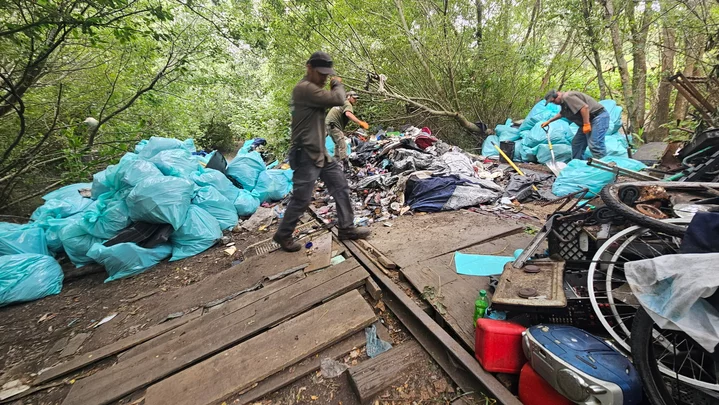
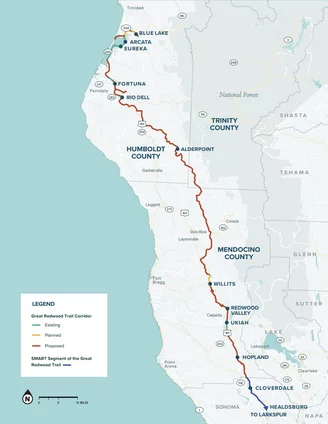
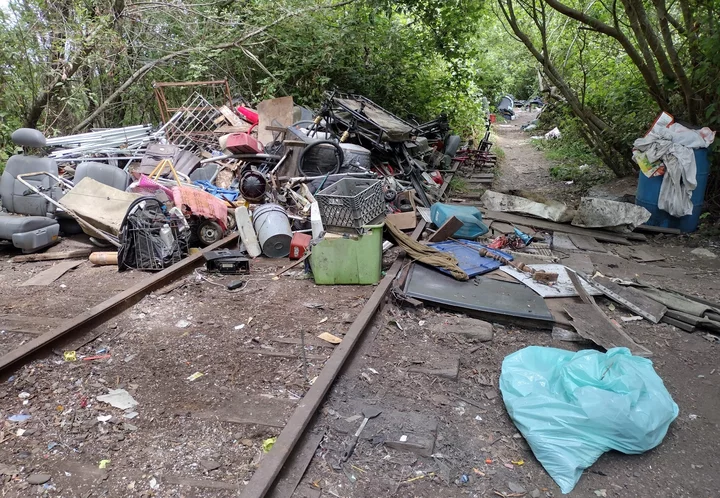
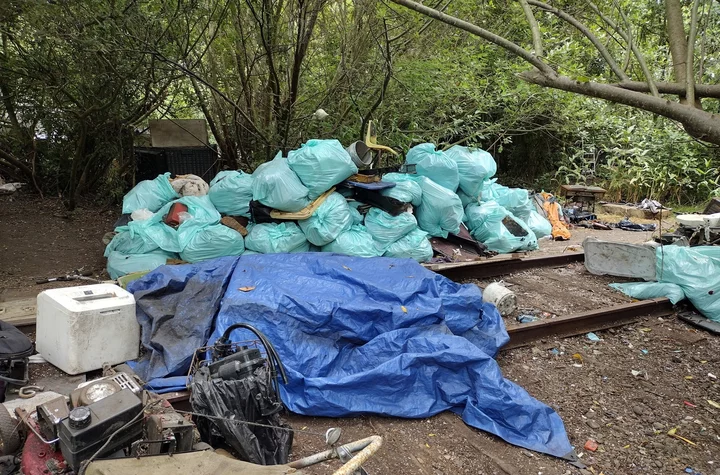
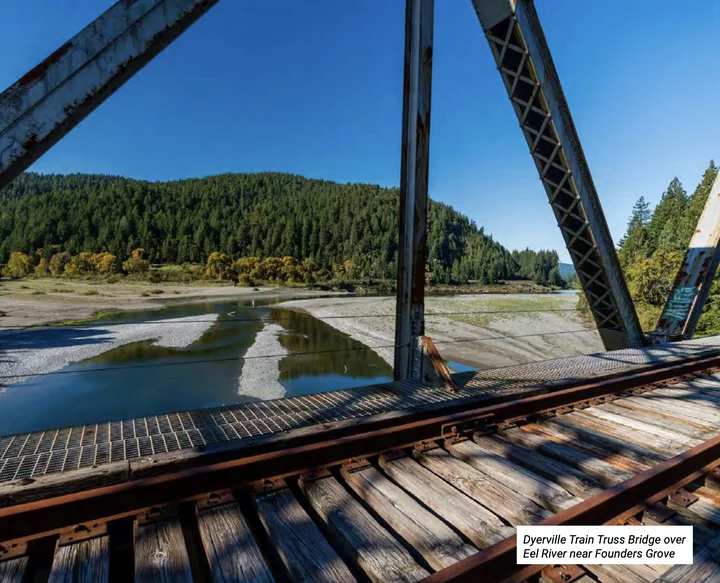
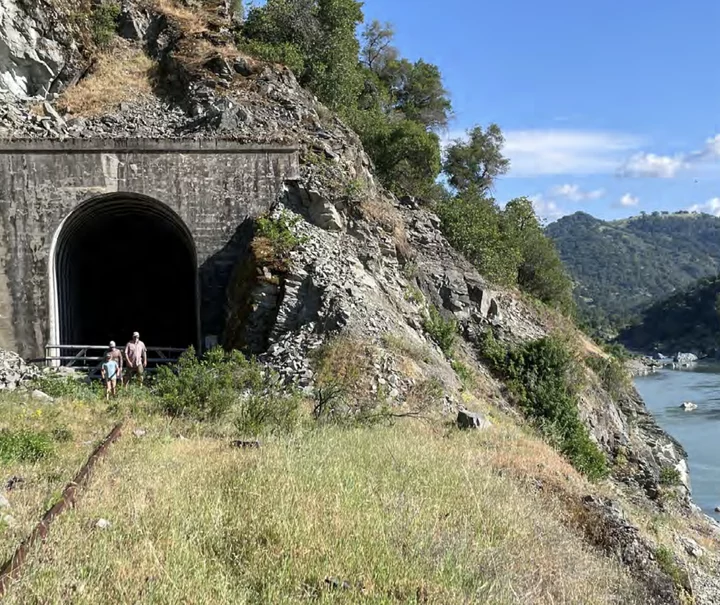
CLICK TO MANAGE